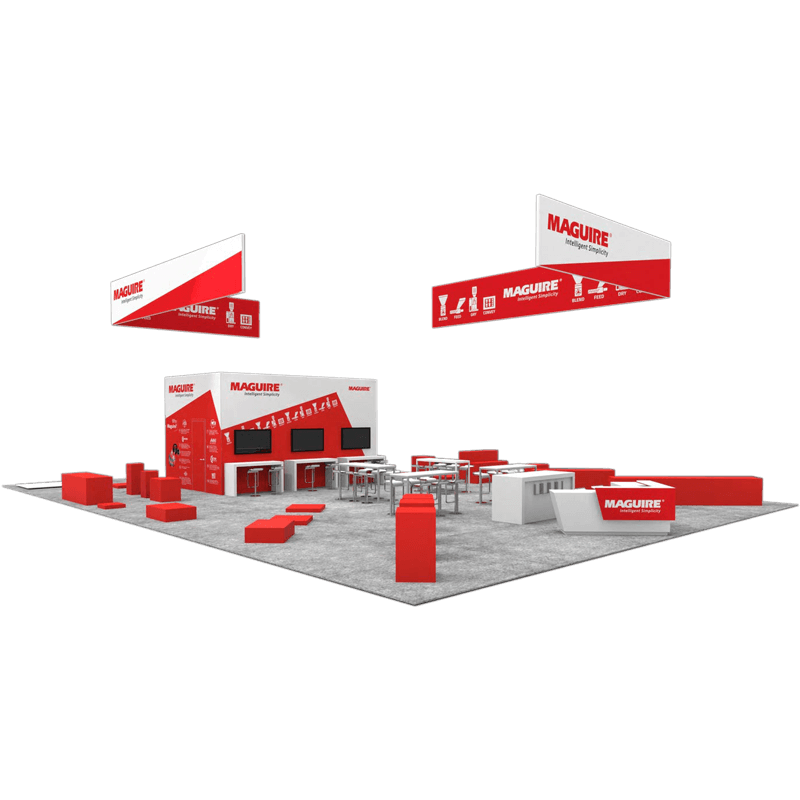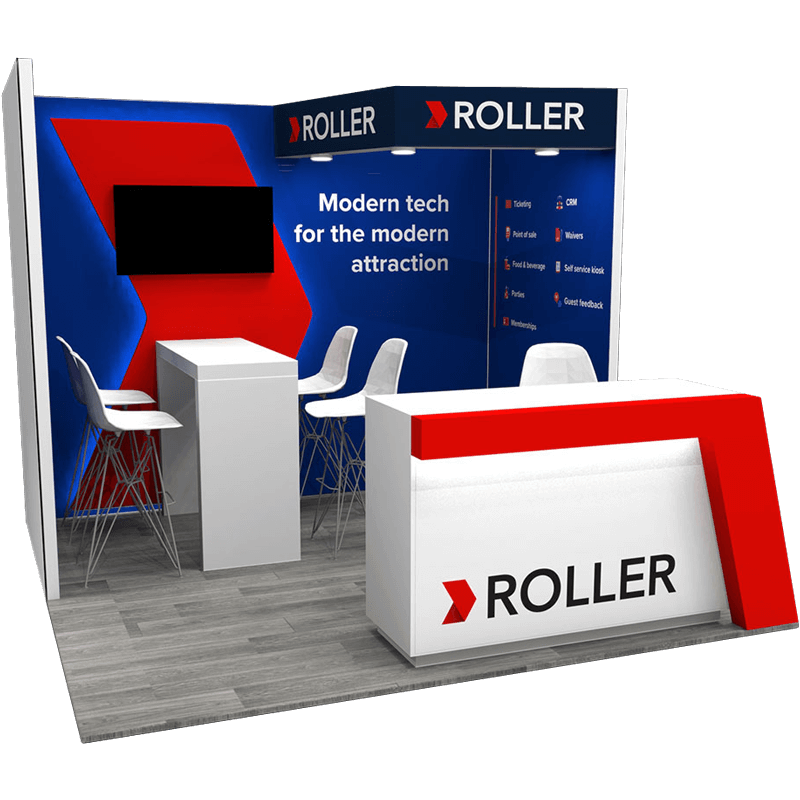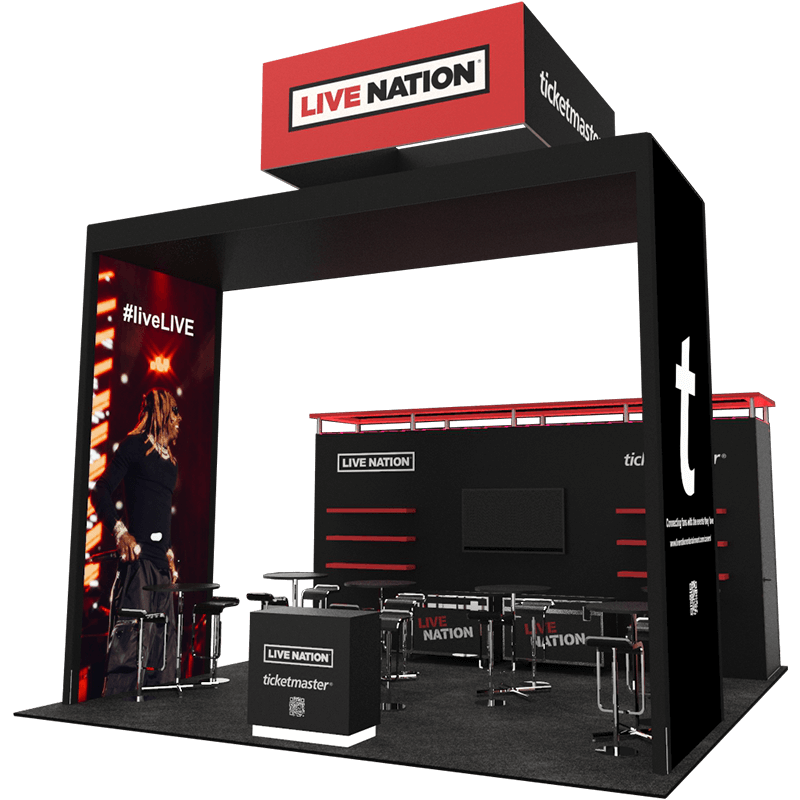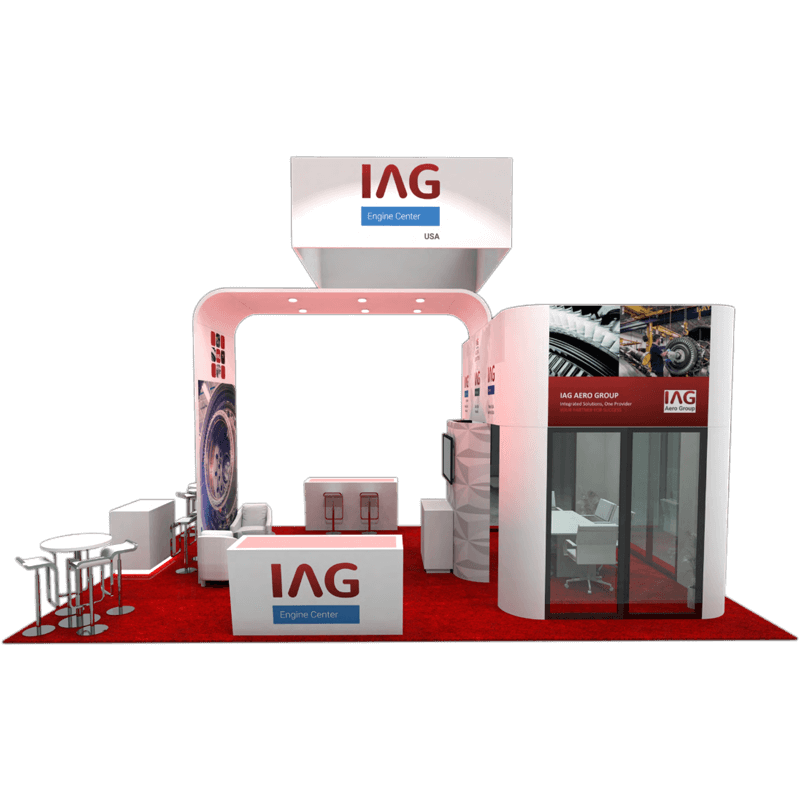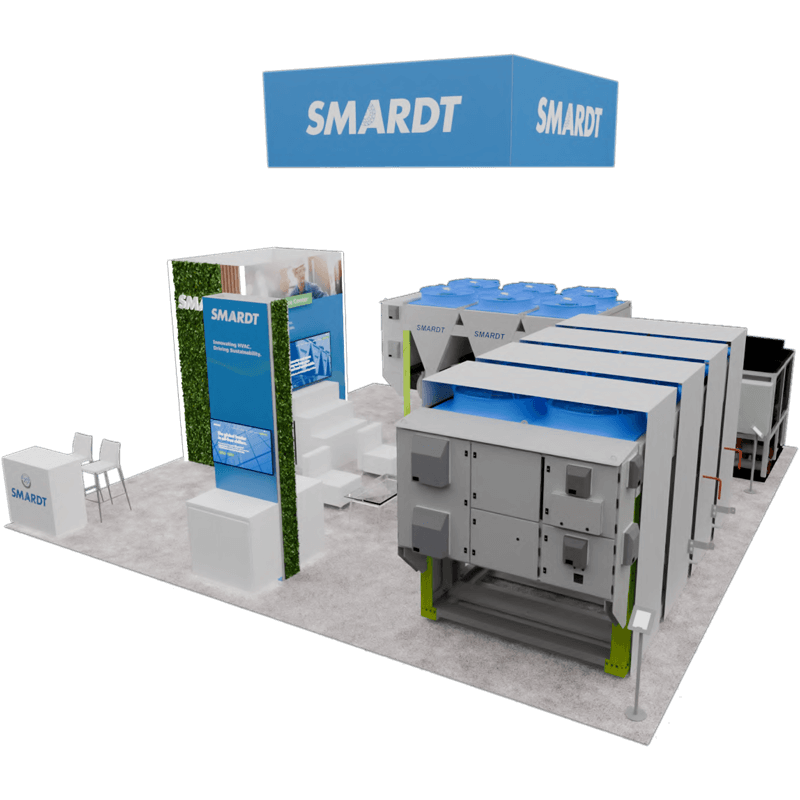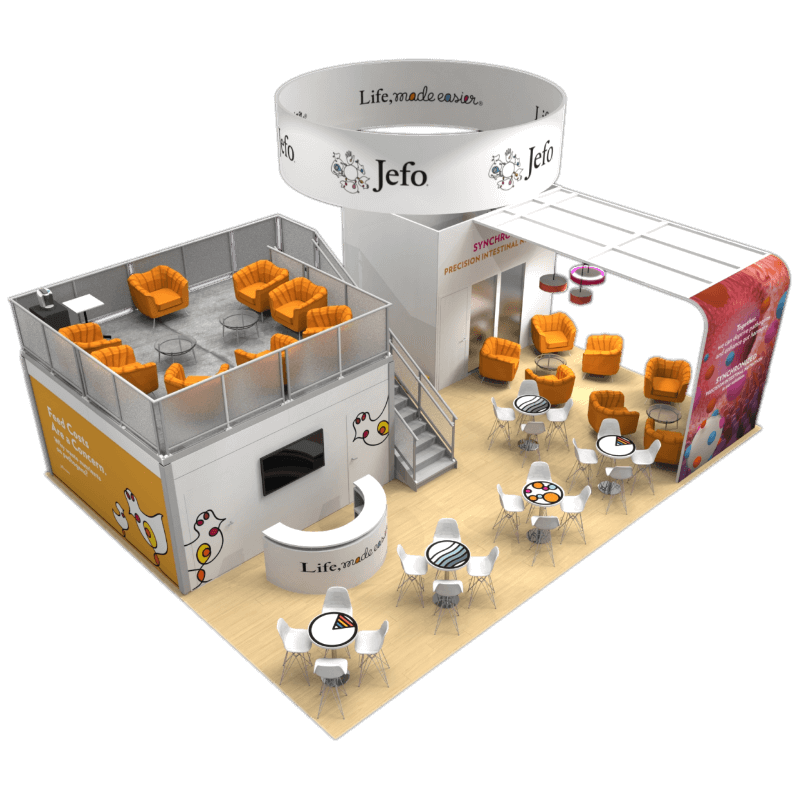Booth Displays
Captivating Trade Show Booth Displays
At Southeast Exhibits & Events, we offer interactive trade show booth displays that combine engaging layouts and thematic elements to make a lasting impression. Each component is designed to attract visitors while contributing thoughtful design strategies informed by modern industry trends. A well-designed exhibit booth serves as a vibrant, three-dimensional advertisement. Contact us today to discover how we can build you a stunning booth display.
Design Portfolio
